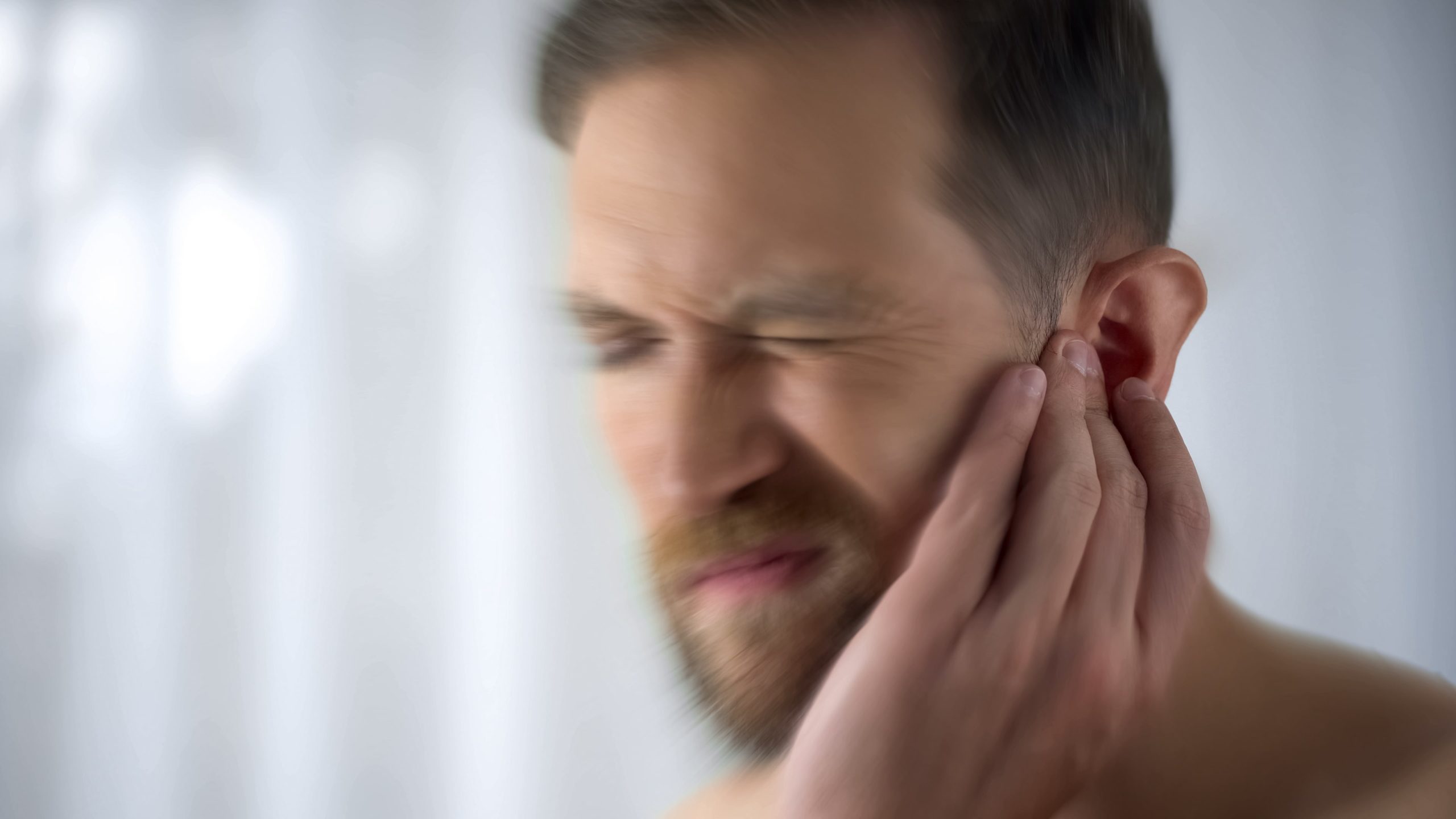A large amount of evidence exists on the sex differences in the prevalence of migraine with female to male ratios ranging from 2 : 1 to 3 : 1. While some data is available on sex differences in associated symptoms, very few data is available on sex differences in probable migraine (PM) and other severe headaches. This study aimed to gain a clear understanding of sex differences in a range of severe headache disorders. In 2004, the American Migraine Prevalence and Prevention Study surveyed 162,756 individuals over the age of 12. 28,261 of the individuals reported severe headache in the preceding year (23.5% of females and 10.6% of males). Sex differences were also observed in associated symptomology, aura, headache-related disability, healthcare resource utilization, and diagnosis for migraine and PM. In this large, US population sample, both migraine and PM were more common among females, but a sex difference was not observed in the prevalence of other severe headache. Dr. Stan Farrell, whose office is located in Scottsdale, Arizona, focuses on the treatment of all types of headaches. Dr. Farrell is a member of the American Headache Society and a Diplomate with the American Board of Orofacial Pain, making him one of the best choices for your migraine headache treatment. If you or someone you know suffers from migraines or headaches, schedule an appointment with Dr. Farrell at AZ TMJ today. www.headpaininstitute.com
Dawn C. Buse, Elizabeth W. Loder, Jennifer A. Gorman, Walter F. Stewart, Michael L. Reed, Kristina M. Fanning, Daniel Serrano, Richard B. Lipton
Abstract:
Background: The strikingly higher prevalence of migraine in females compared with males is one of the hallmarks of migraine. A large global body of evidence exists on the sex differences in the prevalence of migraine with female to male ratios ranging from 2 : 1 to 3 : 1 and peaking in midlife. Some data are available on sex differences in associated symptoms, headache-related disability and impairment, and healthcare resource utilization in migraine. Few data are available on corresponding sex differences in probable migraine (PM) and other severe headache (ie, nonmigraine-spectrum severe headache). Gaining a clear understanding of sex differences in a range of severe headache disorders may help differentiate the range of headache types. Herein, we compare sexes on prevalence and a range of clinical variables for migraine, PM, and other severe headache in a large sample from the US population.
Methods: This study analyzed data from the 2004 American Migraine Prevalence and Prevention Study. Total and demographic-stratified sex-specific, prevalence estimates of headache subtypes (migraine, PM, and other severe headache) are reported. Log-binomial models are used to calculate sex-specific adjusted prevalence ratios and 95% confidence intervals for each across demographic strata. A smoothed sex prevalence ratio (female to male) figure is presented for migraine and PM.
Results: One hundred sixty-two thousand seven hundred fifty-six individuals aged 12 and older responded to the 2004 American Migraine Prevalence and Prevention Study survey (64.9% response rate). Twenty-eight thousand two hundred sixty-one (17.4%) reported “severe headache” in the preceding year (23.5% of females and 10.6% of males), 11.8% met International Classification of Headache Disorders-2 criteria for migraine (17.3% of females and 5.7% of males), 4.6% met criteria for PM (5.3% of females and 3.9% of males), and 1.0% were categorized with other severe headache (0.9% of females and 1.0% of males). Sex differences were observed in the prevalence of migraine and PM, but not for other severe headache. Adjusted female to male prevalence ratios ranged from 1.48 to 3.25 across the lifetime for migraine and from 1.22 to 1.53 for PM. Sex differences were also observed in associated symptomology, aura, headache-related disability, healthcare resource utilization, and diagnosis for migraine and PM. Despite higher rates of migraine diagnosis by a healthcare professional, females with migraine were less likely than males to be using preventive pharmacologic treatment for headache.
Conclusions: In this large, US population sample, both migraine and PM were more common among females, but a sex difference was not observed in the prevalence of other severe headache. The sex difference in migraine and PM held true across age and for most other sociodemographic variables with the exception of race for PM. Females with migraine and PM had higher rates of most migraine symptoms, aura, greater associated impairment, and higher healthcare resource utilization than males. Corresponding sex differences were not observed among individuals with other severe headache on the majority of these comparisons. Results suggest that PM is part of the migraine spectrum whereas other severe headache types are not. Results also substantiate existing literature on sex differences in primary headaches and extend results to additional headache types and related factors.



